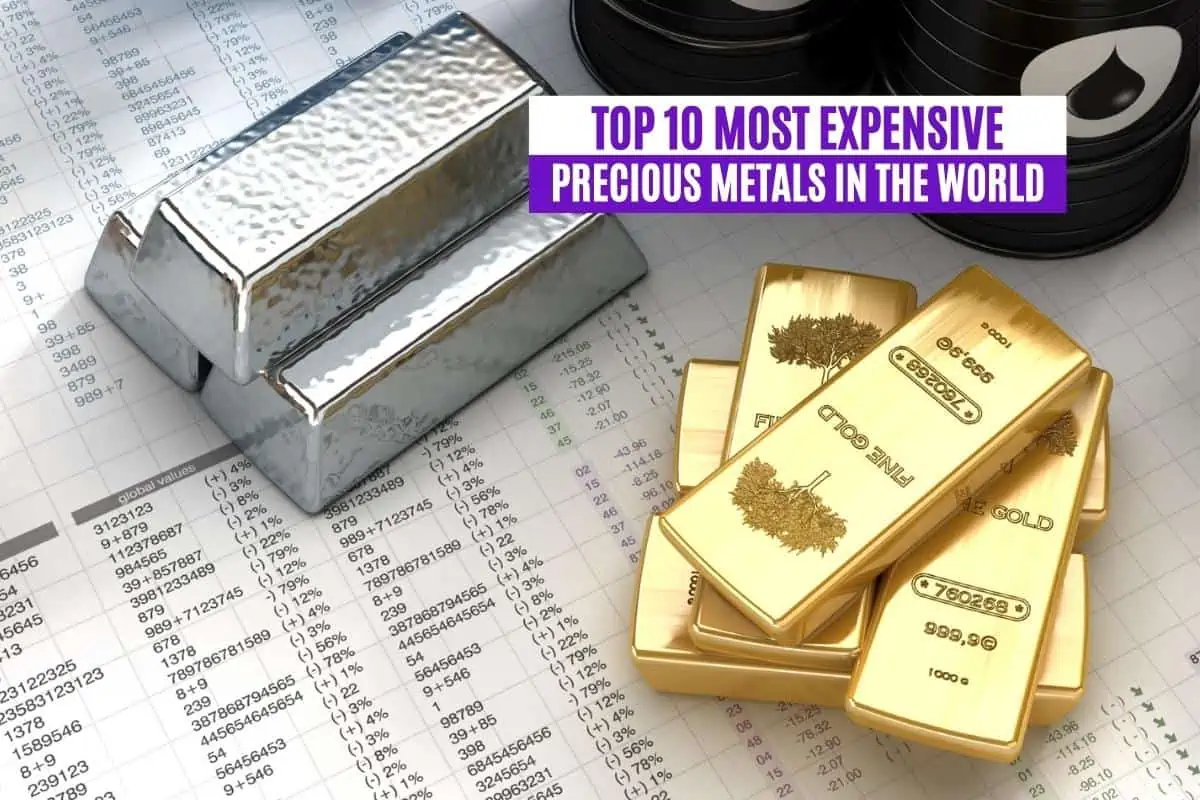There’s a good chance you think about gold and silver when you hear “precious metal.” After all, many jewelry pieces, furnishings, and decorative items feature these high-value metals. But it might surprise you to find out that several other precious metals are pricier than gold and silver!
The most expensive precious metal in the world is rhodium (Rh). A single ounce of this metal costs $14,000, as rhodium is the rarest metal on the planet. This metal is commonly used in automotive manufacturing, though it’s also crucial for creating several types of acids.
Suppose you’re thinking of crafting a unique jewelry piece using a truly valuable type of precious metal, or you’re interested in investing in precious metal assets. In that case, this ranking will offer all the information you need to make a wise choice. Let’s jump right in!
Here Are the Top 10 Most Expensive Precious Metals in the World:
- Rhodium – $14,000 per ounce
- Iridium – $4,250 per ounce
- Palladium – $1,946 per ounce
- Gold – $1,657 per ounce
- Platinum – $931 per ounce
- Scandium – $595 per ounce
- Ruthenium – $550 per ounce
- Osmium – $400 per ounce
- Rhenium – $250 per ounce
- Silver – $19 per ounce
10. Silver – $19 Per Ounce
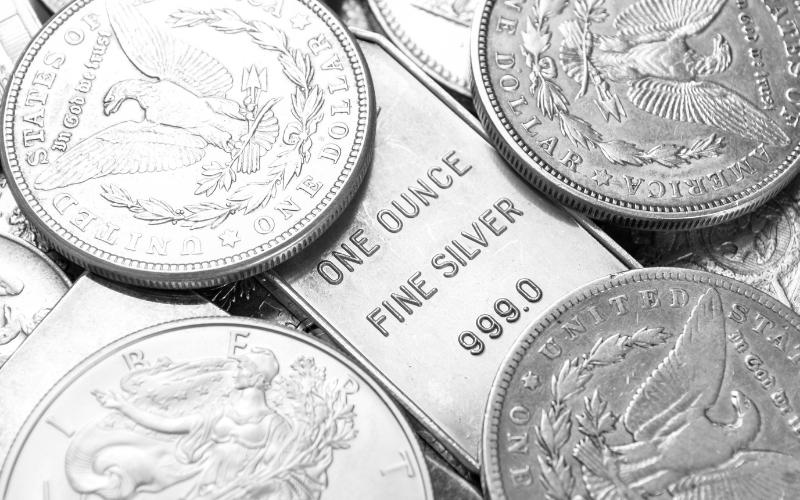
Silver (Au) is traditionally associated with wealth and affluence, hence the saying “born with a silver spoon in one’s mouth.” But contrary to popular belief, silver is far from the most expensive precious metal on the planet.
That said, silver is more valuable than common metals like iron. For comparison, iron costs about $0.002 per ounce (or about $100 per metric ton), while silver costs about $19 per ounce.
So, for the price of one ounce of silver, you could afford to amass 9,500 ounces of iron!
Why It’s Expensive
There’s no getting around it—people like shiny things. And when it comes to metal, there’s almost nothing more naturally shiny and appealing to look at than silver. It naturally shimmers and shines, drawing the eye and ensnaring the sense.
Consequently, silver is partially valuable for aesthetic reasons. But silver is also comparatively rare, making it the ideal choice for coin-based currency and high-value jewelry.
And though silver can tarnish (change color after exposure to gases), it tends to retain its shine and coloration far better than other metals. This makes it a fine choice for family heirlooms, which might be one of the many reasons silver objects and wealth are inextricably associated.
9. Rhenium – $250 Per Ounce
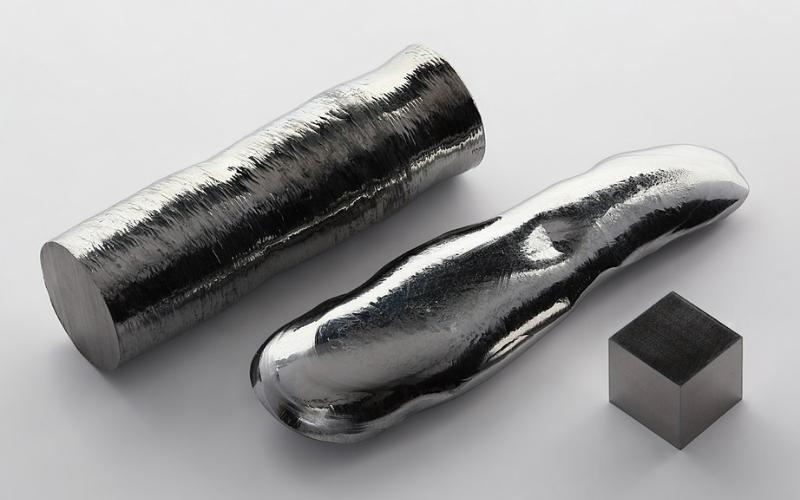
Unless you’re heavily involved in several industrial enterprises, there’s a good chance you’ve never heard of rhenium (Re). This precious metal isn’t a popular choice for making jewelry, but it is a crucial part of the gasoline production process!
Because many of the world’s factories, power plants, and vehicles still run on gasoline and petroleum, this metal is partially responsible for keeping the world powered and functioning. But with a price-per-ounce of about $250, it’s far from cheap.
Why It’s Expensive
The primary reason rhenium is so pricey is its several industrial uses, which are crucial to international commerce and transportation. If the world suddenly ran out of rhenium, there’d likely be a significant worldwide energy crisis.
Accessing this precious metal is also costly, as you can only find it (naturally) in platinum and molybdenum ores.
8. Osmium – $400 Per Ounce
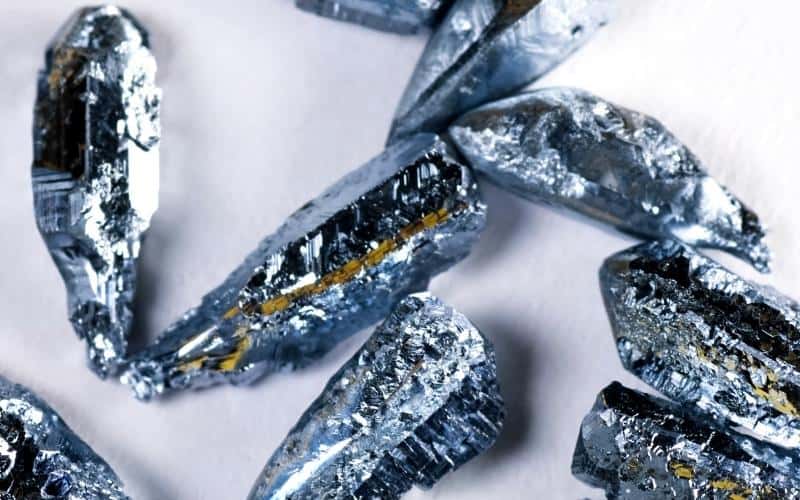
At first glance, you might mistake osmium (Os) for silver or platinum. After all, it has a highly reflective appearance and a silvery hue. But unlike silver, osmium sells for $400 per ounce!
This super-dense precious metal is used to create a select few products, many of which must remain breaking. For example, crucial instruments installed onto machines are occasionally made of osmium, as this metal can withstand immense pressure without shattering.
Why It’s Expensive
The industrial applications of osmium and its comparative rarity are the main reasons it’s so costly.
You can transform this metal into nearly unbreakable needles and pen tips, but you can also use it to craft rings and necklaces that could last centuries. That kind of reliability makes it truly valuable.
7. Ruthenium – $550 Per Ounce
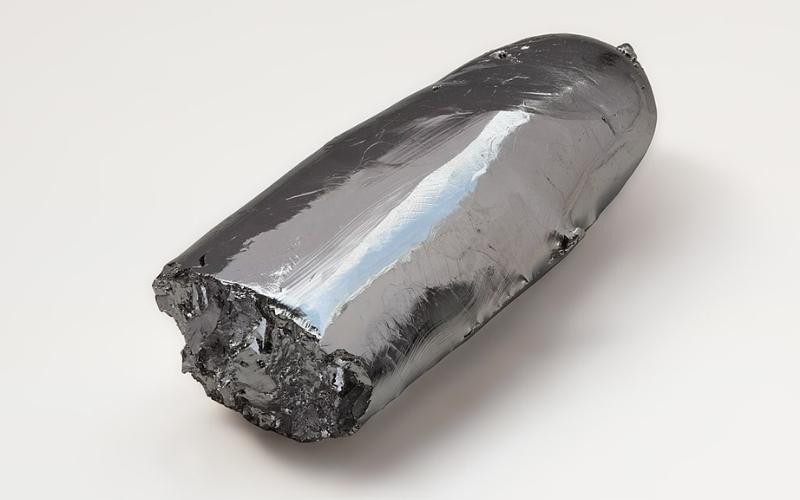
Ruthenium (Ru) is similar to silver and osmium in terms of appearance. But it’s pricier than these precious metals, costing about $550 per ounce.
Unlike silver, this metal is rarely used to make jewelry pieces or luxurious furnishings. Instead, it’s a sought-after catalyst for chemical reactions and has several industrial applications.
Ruthenium can make other metals stronger and more resistant to corrosion, and it’s also a vital component of the solar cells that make solar panels function. Considering the worldwide push toward more sustainable energy sources, ruthenium may become more valuable than platinum in the future.
Why It’s Expensive
Some metals make for great building materials, but not much else. On the other hand, ruthenium has dozens of uses, some of which are integral to the future of humankind. Consequently, there’s little wonder why it’s so expensive!
6. Scandium – $595 Per Ounce
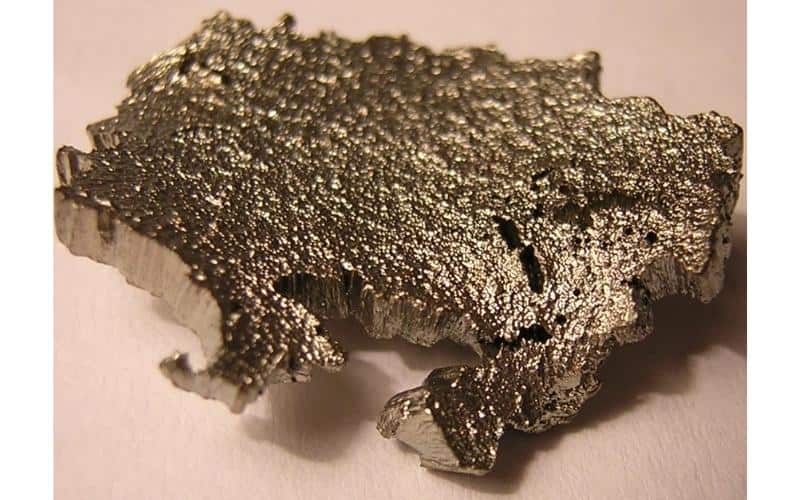
Scandium (Sc) isn’t nearly as common as iron or aluminum, and it’s primarily produced by processing thortveitite, an exceptionally rare mineral primarily found in Scandinavia (hence the name). This precious metal, a rare-earth element, costs $595 per ounce.
As you might expect, one of the major reasons behind this elevated price is scarcity. Though small amounts of scandium exist throughout the Earth’s crust, the mineral thortveitite is the primary source of this metal, and it’s hard to come by.
It’s also worth noting that scandium has several uses, some of which are truly out of the world (like aerospace engineering)!
Why It’s Expensive
Everything from rocketship exteriors to baseball bats is made of scandium, and its lightweight nature and resistance to wear and tear make it a must-have for some industries.
5. Platinum – $931 Per Ounce
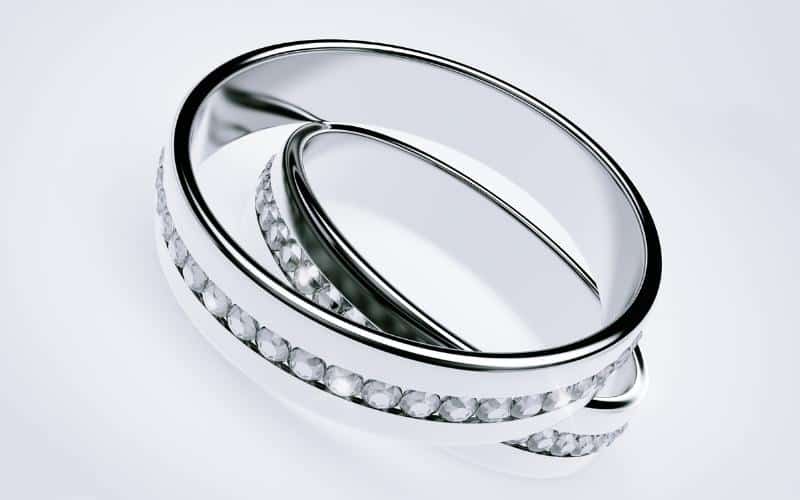
Whether a jewelry connoisseur or an automotive factory worker, you’re likely familiar with silvery platinum (Pt), a precious metal with an approximate value of $931 per ounce.
Several of the most expensive jewelry pieces feature this precious metal, and platinum is also used to reduce vehicle emissions. Of course, platinum is also popular for furnishings and household appliances, particularly those of luxury quality.
Why It’s Expensive
Platinum’s price-per-ounce occasionally exceeds that of gold, as this precious metal is rarer and denser. As such, the supply of platinum is far lower than the demand, and platinum can retain its shape and structure better than other metals.
4. Gold – $1,657 Per Ounce
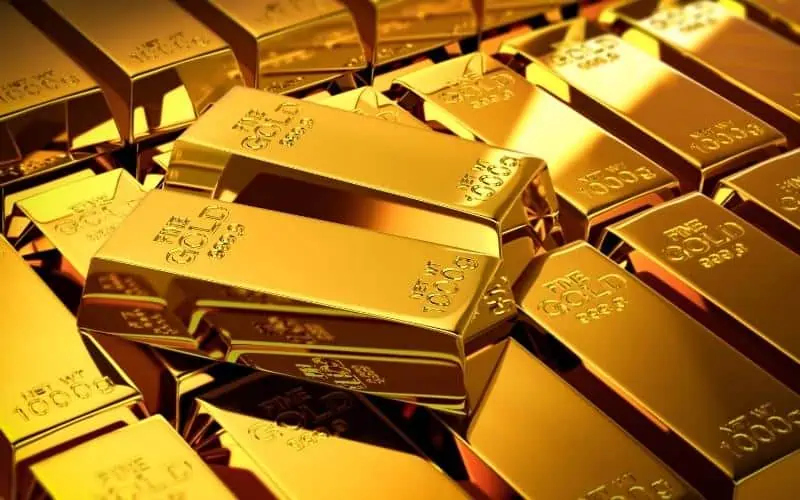
Not only is gold (Au) considered one of the most attractive and valuable precious metals, but it also happens to be one of the most expensive elements on Earth.
With a price-per-ounce of about $1,657, this gorgeous metal continues to gain value over time, though this value does fluctuate (sometimes decreasing) to account for supply and demand. One of the most interesting aspects of gold is its historical uses.
Unlike many other precious metals included in this ranking, humankind has prized and used gold for ornamentation since ancient times, making it a traditional representation of wealth. That said, gold has several modern uses that make it well worth its weight.
Why It’s Expensive
What’s not to love about gold? It’s aesthetically pleasing, a classic signal of wealth and affluence, and it resists corrosion far better than iron.
Besides, this precious metal is found worldwide in the form of dental fillings, wedding bands, and computer chips. In fact, if you own a smartphone, there’s a good chance you own a tiny bit of gold!
3. Palladium – $1,946 Per Ounce
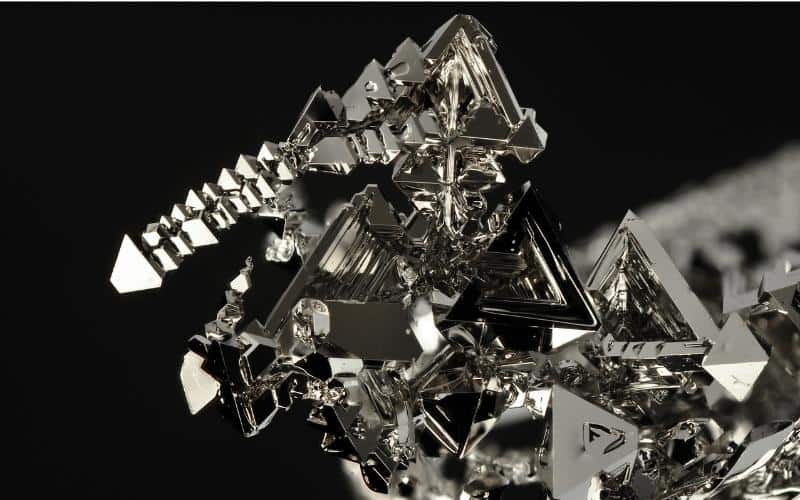
If you’re looking to create a one-of-a-kind engagement ring to rival the most expensive engagement rings of all time, consider setting your chosen gemstone in palladium (Pd).
Like many other high-value precious metals, palladium is silvery, shiny, and extremely rare. This metal is also very durable and dense, making it a top-notch choice for jewelry pieces, machine parts, and tooth fillings.
If you’d like to add palladium to your collection of physical assets, expect to spend about $1,946 per ounce.
Why It’s Expensive
Palladium is scarce, beautiful, and very useful. For these reasons, it can sell for much higher prices than silver, platinum, and other silvery precious metals.
Still, the price-per-ounce of palladium doesn’t hold a candle to the price-per-ounce of iridium (Ir).
2. Iridium – $4,250 Per Ounce
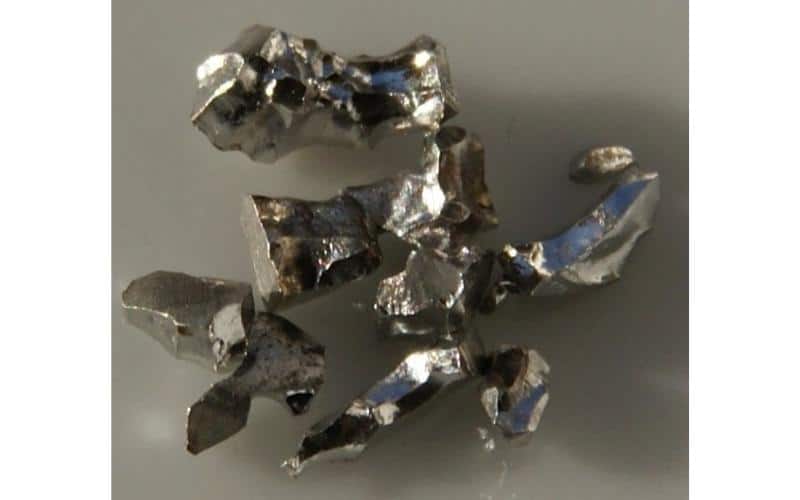
Iridium (Ir) is one of the rarest and most valuable of all elements, and it’s also one of the most valuable precious metals. A single ounce of this stuff will set you back about $4,250.
For comparison, you could purchase almost 14 pounds of silver for the price of a single ounce of iridium!
Why It’s Expensive
The demand for iridium continues to increase, but that doesn’t mean supply has followed suit.
This precious metal is one of the rarest in the world, so while it might have several notable attributes (like being resistant to corrosion), many industries cannot afford to use it regularly.
1. Rhodium – $14,000 Per Ounce
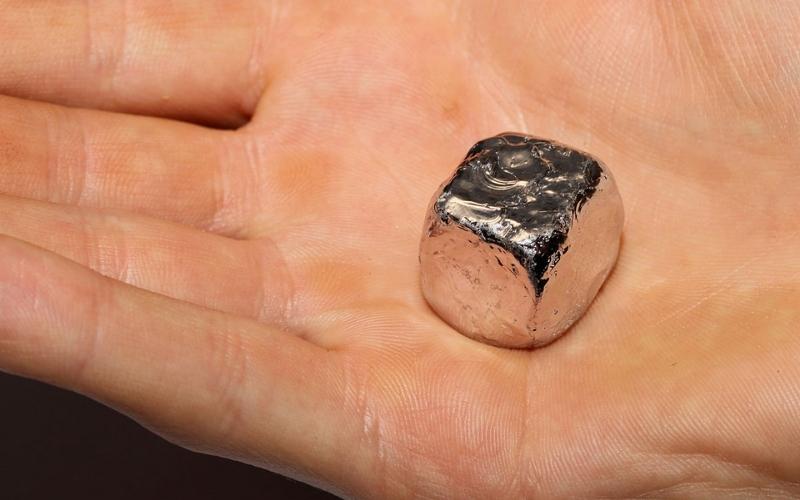
The most expensive precious metal in the world is rhodium (Rh). Rhodium costs $14,000 per ounce, and because it’s so rare, there’s little chance that this price will drop any time soon.
Rhodium is a grey-silver color and is notable for being resistant to corrosion. It’s typically combined with palladium to create catalytic converters, which are essential vehicle components that help reduce greenhouse gas emissions.
Why It’s Expensive
If you wanted to scour the Earth’s crust in search of rhodium, you’d likely need to spend several years to amass even a tiny ball of the stuff. That’s because rhodium is the rarest precious metal, making it inherently more valuable than other metals.
This metal is also vital to the automotive manufacturing industry. So it’s a useful (but hard-to-find) commodity.
What Makes a Precious Metal Valuable?
The term “precious metal” says it all—after all, when something is precious, it means it’s important and treasured. But why are common and highly useful metals like aluminum not considered precious, while more decorative ones like gold and silver are?
All precious metals are valued because of the following:
- Limited supply
- Industrial uses
- Consumer demand
These three factors separate common metals from precious ones and ensure the latter fetch incredible prices. If you’re on the hunt for the most valuable metal-based assets, pay close attention to these factors, as they directly influence listed values.
Limited Supply
Imagine that you’re shopping for a new smartphone, but only one new release is available at your local store, and all the other options are outdated flip phones.
In this situation, you’d likely be willing to pay more to secure the new release and avoid the numerous (but outdated) phones. You might spend several hundred dollars more than the smartphone is worth to take it home with you.
The value of precious metals works similarly, with the rarest and most in-demand ones fetching the highest possible prices. And like many of the most popular and useful consumer devices, the costliest precious metals tend to enjoy a multitude of uses.
The more useful a metal is, the more valuable it can become over time.
Industrial Uses
Metals highly prized for their industrial applications tend to be more valuable than those with very little industrial usefulness.
Rhodium is a top-notch example, being the rarest metal on the planet and one of the most useful for creating automobiles. This metal is particularly resistant to corrosion, making it a must-have addition to any item or machine that needs to avoid rust.
Gold’s value is also partially dependent on its industrial uses. Gold is used for various industrial applications and is particularly useful for creating hi-tech electronics. Because humanity increasingly relies on technology and electronics, the value of this precious metal is likely to rise well into the foreseeable future.
Of course, gold is also one of the most cherished precious metals due to its natural beauty. There’s massive consumer demand for gold, from gold bouillon (as physical assets and investments) to gold wedding bands!
Consumer Demand
Some precious metals are popular among consumers, particularly those used to create high-value jewelry.
As long as this demand remains consistent, metals like gold, silver, and platinum will continue to command higher-than-average prices. After all, these precious metals aren’t nearly as available as aluminum and iron, ensuring that supply will always be less than demand.
This relationship leads to higher prices, ensuring that the value of such metals will generally increase over time. That said, any precious metal’s value can change in as little as a day, regardless of industrial usefulness or consumer demand.
Precious Metal Values Constantly Change
Supply, demand, and usefulness aren’t set in stone. For this reason, a precious metal’s value can change significantly over a few weeks, months, or years.
For example, the value of silver skyrocketed at the end of 1979 due to a perceived shortage, hitting an all-time high of about $136 per ounce. This value quickly plummeted soon after, falling to only about $55 per ounce by the same time the following year.
Consequently, it’s essential to do your research before investing in precious metal assets. While most precious metals generally become more valuable over time, others have values that fluctuate wildly, making them potentially volatile investments.
Of course, some precious metals, like rhodium, will likely remain valuable over the long run due to extreme scarcity.
What’s the Most Expensive Precious Metal in the World?
The most expensive precious metal in the world (and the rarest) is rhodium. This metal costs about $14,000 per ounce, making it far more valuable than gold, silver, or platinum.
Rhodium is most commonly used to make catalytic converters, an essential component in most vehicles. Because people continue to rely on automobiles for transport (and because rhodium is so scarce), the price of this metal will likely remain stable long into the future.
Learn more about the world’s most expensive natural commodities by checking out these related articles now!

